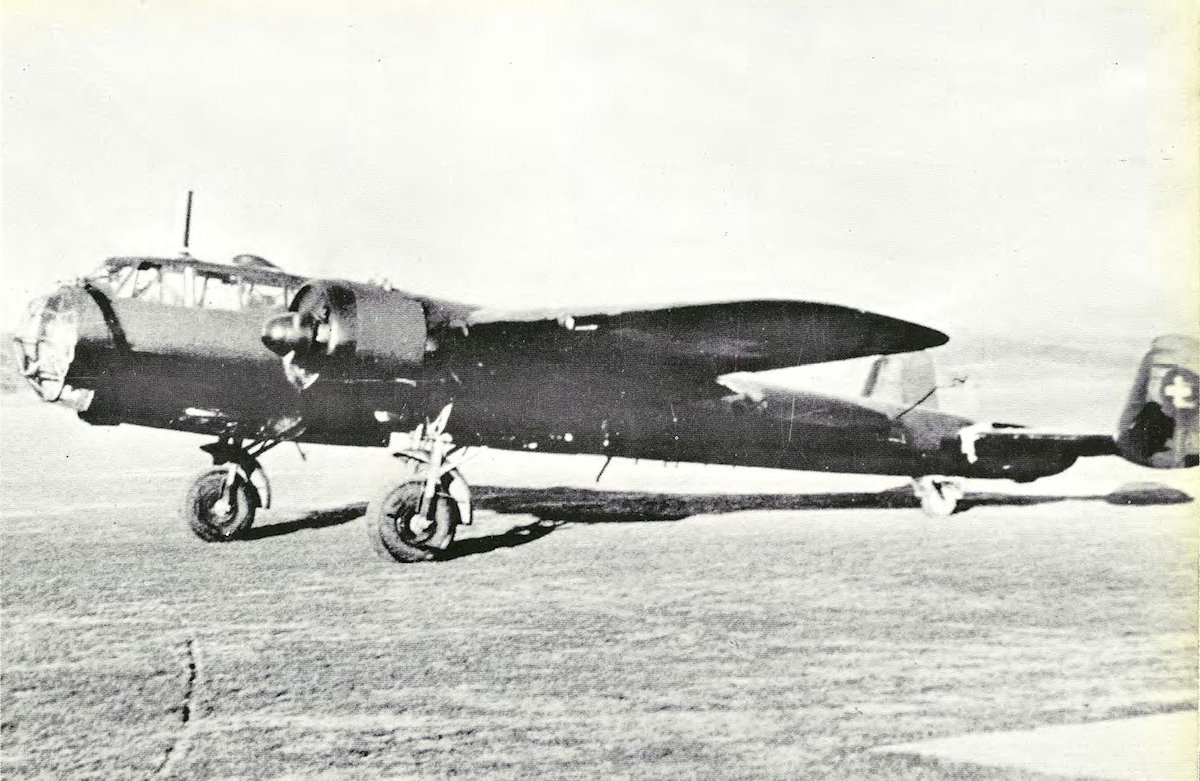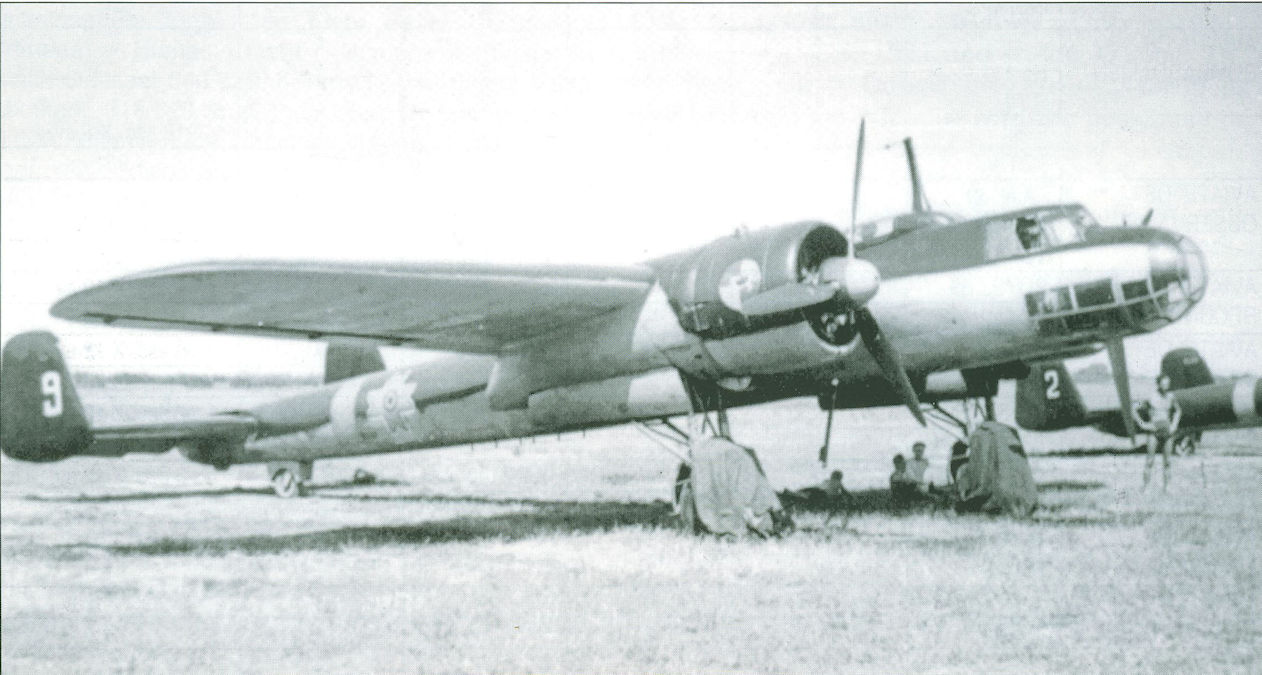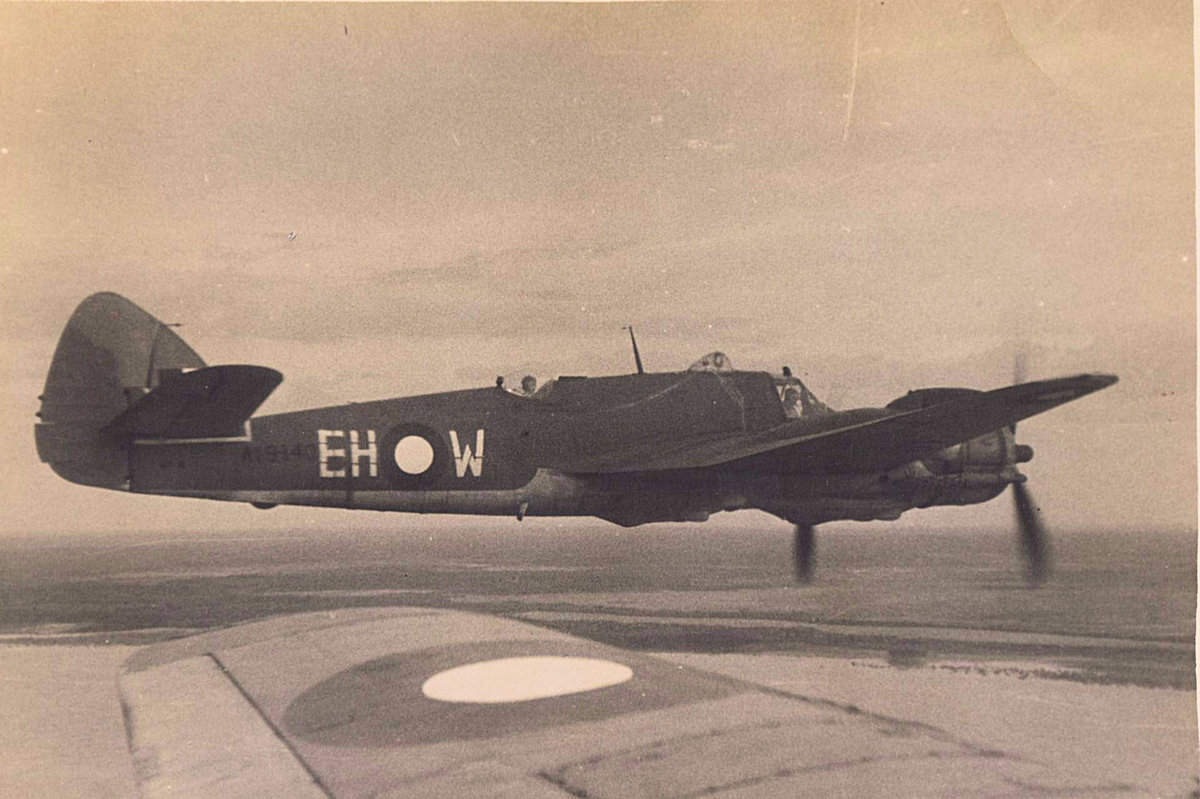Tag: aeroplane
-
Dornier Do 17 in Swiss Service

Dornier Do 17 in Swiss Service The Swiss Air Force operated one Dornier Do 17Z-2, that was interned after landing at Basel Airport in April 1940. Read more
-
Dornier Do 17 in Romanian Service

Dornier Do 17 in Romanian Service The Royal Romanian Air Force received 10 worn out Do 17Ms in November 1942. Operated by Escadrila 2 in the reconnaissance role, they proved difficult to maintain due to their age and lack of spare parts. Read more
-
Bristol Beaufighter in Australian Service

Bristol Beaufighter in Australian Service Bristol Beaufighters were operated by Australia in both the European and Pacific Theatres during the Second World War. In Europe, RAAF Number 455 and 456 Squadrons operated under RAF control, with 455 using its Beaufighters as part of Coastal Command’s Strike Wing, while 456 operated as a night fighter squadron.… Read more